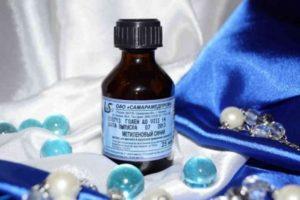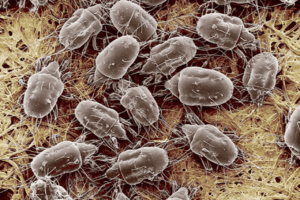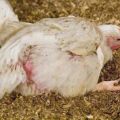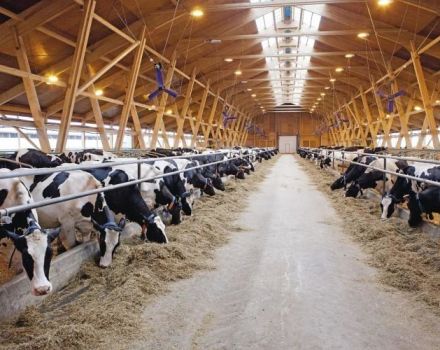How to quickly get rid of feathers in chickens at home, remedies for treatment
Puff lice are microscopic insects that settle on poultry, cause them discomfort, lead to weight loss, productivity, and in some cases - to the death of layers. They get to birds from infected individuals or while taking dust baths. It is possible to detect feather eaters in chickens and get rid of them at home. The main thing is to start treatment on time, not to forget about preventive measures.
Who are feather eaters and lice
Feathers are wingless insects 2-3 mm in size. Their other definitions are chicken mites or chicken lice. Appearance characteristics:
- elongated, flattened body, covered with a sandy brown shell;
- a triangular head is located above the body;
- on the chest - 3 pairs of legs with claws, with which the chewing lice is attached to the victim's feathers.
Unlike other parasites, they feed on particles of dead flesh, fluff and ichor, which stands out from the places of scratching or pecking. The ideal natural habitat for a feather-eater is air humidity over 80%, temperature - over +30 ˚С.
Features of the development and life of chicken fleas:
| The number of eggs laid by the female in the feathers of the bird daily, pcs. | 10 |
| Development period to adult, days | 21-28 |
| Life expectancy on the body of birds, days | 30 |
| Life expectancy outside the owner, days | 6 |
| Number of individuals per chicken, pcs. | 10 thous. |
Young poultry is more exposed to infection with a puff louse.
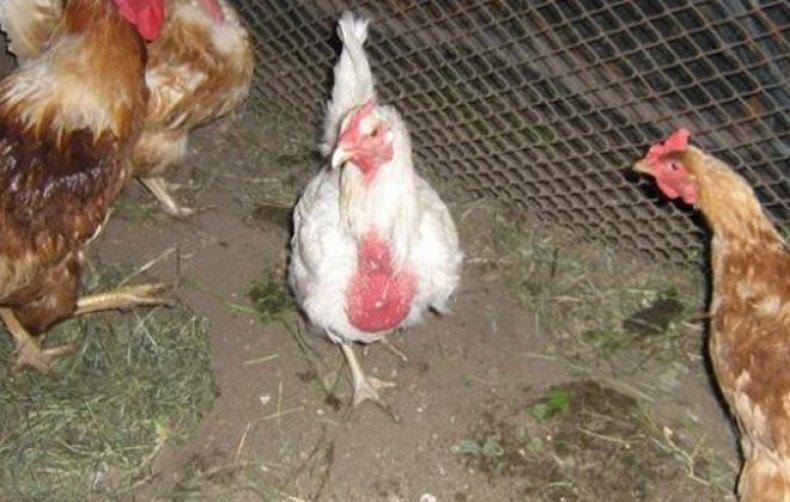
Causes of the disease and ways of infection
The main factors that increase the risk of infection:
- violation of veterinary and hygienic standards;
- transfer of fleas to workers' shoes or equipment;
- visiting a chicken coop or feeder with wild birds;
- taking dusty baths at the same time by a sick and healthy chicken;
- buying an infected individual and placing it in a chicken coop.
The outbreak of parasite activity occurs in spring and autumn. During these periods, the risk of infection of birds with a chewing louse is several times higher.
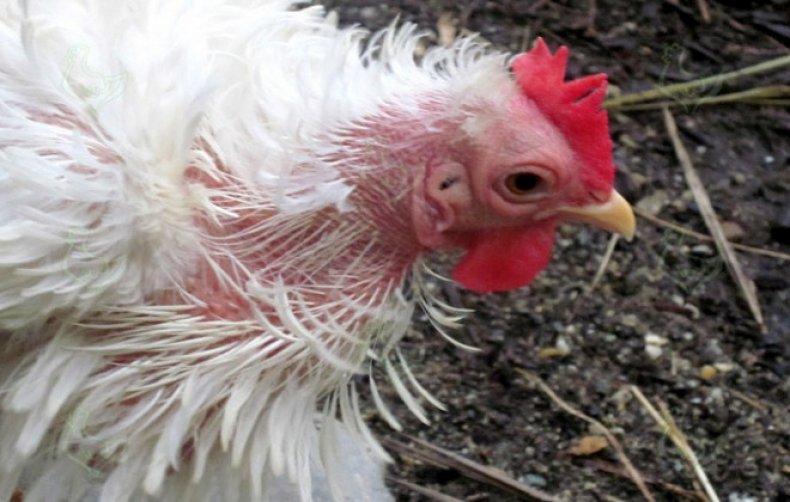
Symptoms of defeat
Signs indicating the presence of a feather lice in birds:
- decreased appetite and weight of the bird;
- manifestation of nervousness, anxiety, chickens pull out feathers, constantly clean them;
- damage to plumage at the base, bare rod;
- the appearance of bald spots and abrasions on the body;
- discharge from the eyes, a crust forms when the liquid dries.
Important! In a week, 1 sick chicken can infect the entire chicken coop.
Diagnostics
A parasitic infection called mallophagosis is identified by a receding hairline on the back. But bald spots do not always indicate the presence of a feather eater.They also appear due to lack of vitamins, dry stale air, high humidity in the chicken coop. Baldness also occurs during shedding.

Therefore, for the diagnosis, it is necessary to take into account other symptoms that are characteristic of mallophagosis.
How to rid chickens of parasites?
When a disease is detected, 2 problems arise before the breeder:
- Treatment of infected individuals.
- Prevention of the spread of infection by resettling the affected bird from the healthy one.
It takes from 3 months to six months to remove the peroed.
Drugs
The best medicines for chewing lice are insecticides.
5 remedies that have proven themselves in the fight against parasites:
- Dana. According to the degree of exposure to chickens, it is considered a moderately dangerous agent. It is allowed to use it for the treatment of young individuals over 2 months of age.
- Butox. A universal liquid preparation. It is used for processing poultry, for disinfection of premises by spraying.
- Insectal. Release form - powder. The bird must be powdered and then rubbed into the base of the feathers.
- Leopard. Solution for external use, designed to treat parasites in dogs, also used to get rid of ticks and fleas.
- Frontline. The medicine is applied pointwise. During the day, the substance gradually spreads over the surface of the chicken's body.

The means kill insects by dissolving the shell; chemicals do not harm birds. But after processing, the bird's beak should be tied. The toxic composition affects adult ticks, it does not spread to the egg. Therefore, the procedure must be repeated after 7-10 days.
Chicken coop processing
In order to completely get rid of the downy eater, in parallel with the treatment of the bird, disinfect the room where it is kept. For disinfection, the following means are used: Butox, Pyrethrum, karbofos.
Disinfection procedure:
- Chickens are temporarily moved to another room. They remove food, dishes, and bedding from the chicken coop. They clean the building from droppings.
- Dilute the product in accordance with the instructions, process the room. Close the doors tightly to absorb the fumes. Then the chicken coop needs to be ventilated.
- They lay fresh straw, wash tools and dishes.
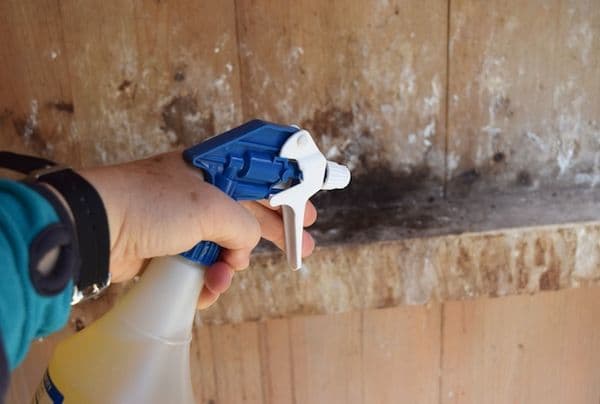
The bird is moved back after 2 days.
Alternative treatment
For a greater effect, along with drugs, you should use alternative methods. They are effective in the treatment of young individuals, since chemicals have a detrimental effect on the fragile body.
Sand-ash bath
In the room, boxes are placed filled with sand and wood ash in equal proportions. Powder insecticides are added to enhance the therapeutic effect.
Dry wormwood powder
The smell of the plant scares off the tick. Increase efficiency by adding pyrethrum (Persian chamomile) ground to flour.

Camomile tea
To prepare a decoction for 1 liter of water, you need to take 4 tbsp. l. dry flowers, boil for 5 minutes. After cooling, rub into the feather cover of birds.
Herbs
The chewing lice cannot stand the "fragrance" of tansy, wild rosemary, juniper and rosemary. They are laid out in the chicken coop, and the infected livestock is sprayed with infusion.
Important! Kerosene, which is also used for treatment, kills both the feather eater and its eggs. But it can only be used for adult chickens.
Possible consequences
Untimely started treatment is fraught with:
- infection of all livestock and death of poultry;
- due to the weakening of the body, the productivity of layers decreases;
- chickens gain weight slowly.
The bald patches on the body are covered with wounds, which leads to infection of the bird with infectious diseases.
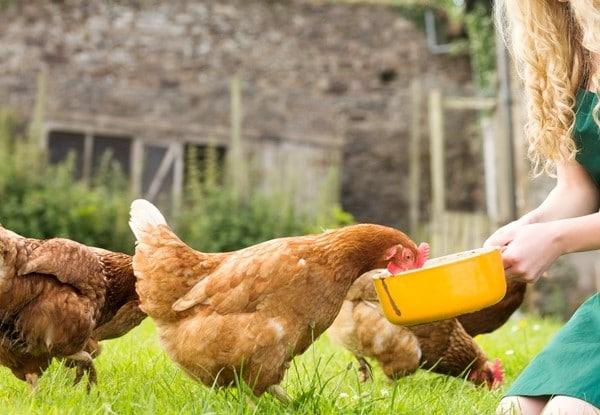
Preventive actions
Preventive measures to reduce the risk of chewing lice:
- to provide the birds with the opportunity to walk, not to keep them in a confined space;
- keep the room clean: change the litter in a timely manner, treat perches and nests with boiling water;
- do not use wood for equipping a chicken coop;
- avoid contact with wild birds, periodically inspect chickens;
- workers serving birds should observe hygiene standards: to work with birds, have special shoes and clothing.
- provide chickens with a balanced diet.
Having found the first signs of a bird's eater lesion, treatment should be started immediately. This will help avoid massive infection and death of birds.
